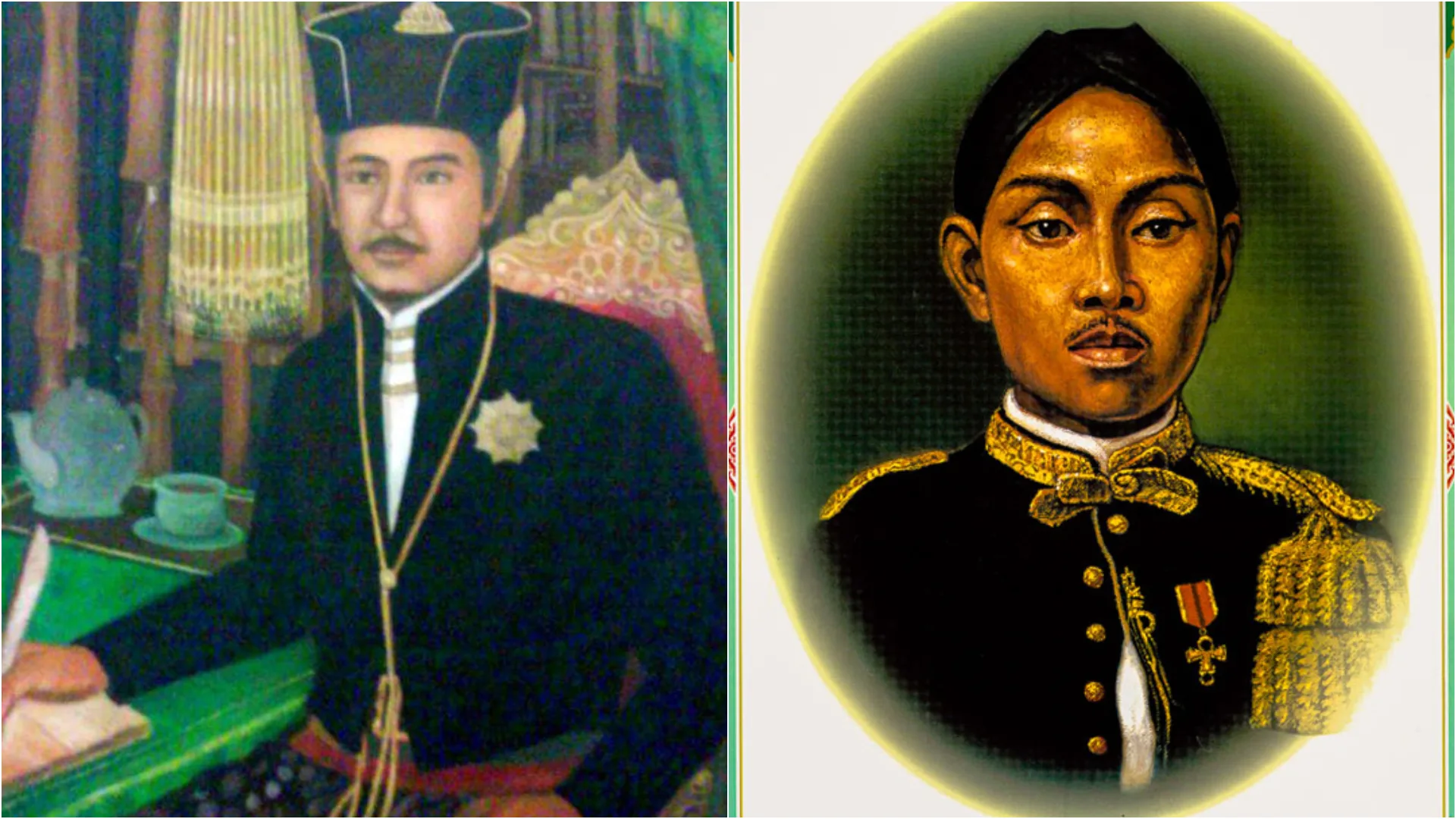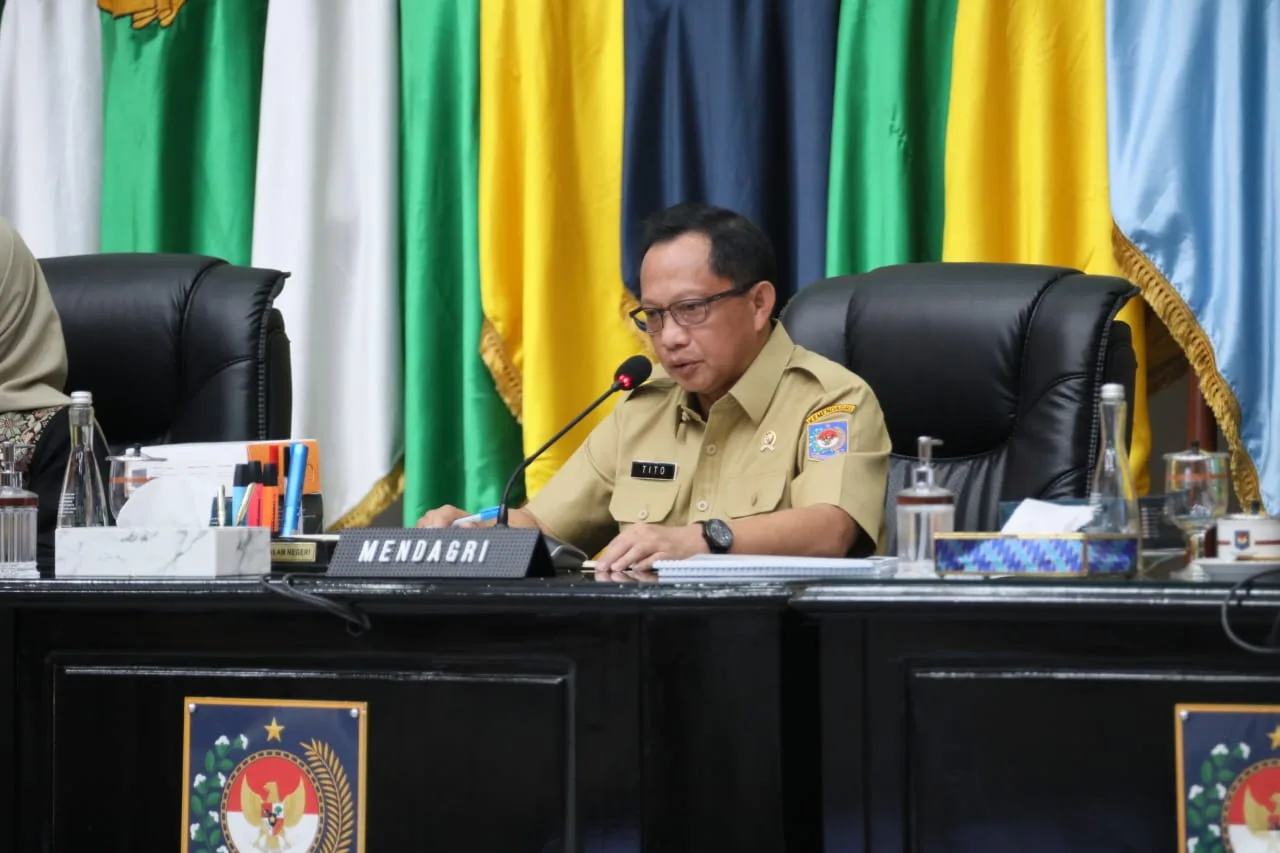KabarJawa.com – Imogiri has long been known as the burial place of the Mataram kings. This is where the kings descended from Sultan Agung were buried solemnly like a symbol of the majesty and continuity of the Islamic Mataram dynasty.
However, behind this long historical record, it turns out that there were two great kings of Mataram who were not buried in Imogiri. Then, why does this happen?
The answer turns out to be closely related to the historical journey which was full of dynamics and the major events that marked the reign of both.
Who are the two kings who are not buried in Imogiri?
The two kings were Sunan Amangkurat I and Sri Sultan Hamengku Buwana II. Both of them are important figures in the history of Mataram whose lives were full of political turmoil and war.
Based on records from the Yogyakarta Special Region Cultural Service, these two kings were buried in different places because their deaths occurred outside Imogiri and were influenced by major situations at that time.
Sunan Amangkurat I, for example, died on his way to Batavia. On the way, precisely in the Wanayasa area, North Banyumas, he died.
His body was then buried in Tegalarum, near Tegal. Because his death occurred far from the center of power and in a critical situation, his funeral was held outside Imogiri.
Meanwhile, Sri Sultan Hamengku Buwana II died while the Diponegoro War was raging. Due to war and security conditions that made it impossible, the King’s body was not taken to Imogiri.
Sri Sultan Hamengku Buwana II was finally buried at Pasarean Hastana Kitha Ageng, a place now known as the Kotagede cemetery complex.
My Short Storage Screen
Amangkurat I was the fourth king of the Mataram Sultanate who ruled between 1646 and 1677. He was the son of Sultan Agung and Raden Ayu Wetan.
Since childhood, Amangkurat I, whose real name is Raden Mas Sayidin, grew up in a palace environment that was strongly influenced by leadership and political values.
After ascending the throne in 1646, he had the title Susuhunan Amangkurat Senopati ing Alaga Ngabdurrahman Sayidin Panatagama, but was better known as Amangkurat I. His reign was known to be quite controversial.
Biography of Sri Sultan Hamengku Buwana II
Sri Sultan Hamengku Buwana II was born on the slopes of Mount Sindoro on March 7 1750. He was the son of Sri Sultan Hamengku Buwono I and Gusti Kanjeng Ratu Kadipaten, the second empress.
His childhood was marked by the atmosphere of war against the VOC, so he grew into a firm person with a strong character.
When the royal family finally settled in the Yogyakarta Palace after the Giyanti Agreement, Raden Mas Sundoro, his nickname, began to live within the palace.
He showed ability and courage that made his father trust him to be the successor to the throne.
In 1758, after being circumcised, he was officially named crown prince, and in 1792, he ascended the throne to succeed his father.
In various historical records, Sri Sultan Hamengku Buwana II is known as a figure who never submitted, even when facing colonial pressure.
Why Aren’t They Buried at Imogiri?
From the story above, it can be understood that the reason the two Mataram kings were not buried in Imogiri was because of historical conditions and the circumstances when they died.
Amangkurat I died far from the palace, on a stressful escape journey. Meanwhile, Hamengku Buwana II died while the big war was raging.
These two events are a reflection of how dynamic Mataram’s history is. Apart from that, today their graves remain an important part of history and are a reminder that struggle, power and sacrifice always have a human side behind them.***
News
Berita
News Flash
Blog
Technology
Sports
Sport
Football
Tips
Finance
Berita Terkini
Berita Terbaru
Berita Kekinian
News
Berita Terkini
Olahraga
Pasang Internet Myrepublic
Jasa Import China
Jasa Import Door to Door



